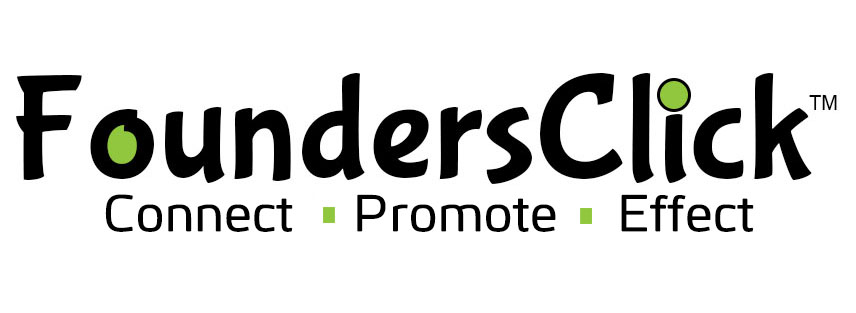Software testing is the process of evaluating and verifying that a software application or system works as intended. It ensures the quality, functionality, security, and performance of the software. Testing identifies bugs, errors, or gaps in the software, allowing developers to fix them before the software is released to users.
Types of Software Testing:
-
Manual Testing:
-
Involves human testers who execute test cases manually without using any automated tools.
-
Testers follow predefined test scripts and scenarios to identify defects in the software.
-
It is more exploratory and often used for user interface (UI) and usability testing.
-
-
Automated Testing:
-
Involves using software tools to execute predefined test cases and scripts automatically.
-
It is faster and more efficient than manual testing for repetitive tasks and regression testing.
-
Common tools include Selenium, JUnit, TestNG, and Appium.
-
Types of Tests:
-
Functional Testing:
-
Verifies that the software behaves according to the defined requirements and specifications.
-
Examples: Unit testing, integration testing, system testing, acceptance testing.
-
-
Non-Functional Testing:
-
Focuses on the performance, usability, and reliability of the software.
-
Examples: Performance testing, load testing, stress testing, security testing, usability testing.
-
Levels of Software Testing:
-
Unit Testing:
-
Focuses on testing individual units or components of the software, such as functions or methods.
-
It ensures that each unit of code works as expected.
-
Tools: JUnit, NUnit, Mocha.
-
-
Integration Testing:
-
Tests the interaction between different components or modules of the system.
-
It checks if different parts of the application work together seamlessly.
-
Tools: Postman (for API testing), JUnit, TestNG.
-
-
System Testing:
-
Tests the complete system as a whole to ensure that it meets the specified requirements.
-
It covers all functionalities and verifies that they work together as expected.
-
-
Acceptance Testing:
-
Verifies that the software meets the end-user requirements and is ready for release.
-
It can include User Acceptance Testing (UAT), where actual users test the software to ensure it fulfills their needs.
-
Types of Non-Functional Testing:
-
Performance Testing:
-
Assesses how well the software performs under different conditions (e.g., speed, response time, resource usage).
-
Subtypes:
-
Load Testing: Checks how the software behaves under expected user loads.
-
Stress Testing: Tests the software under extreme conditions to see how it handles high traffic or heavy loads.
-
Scalability Testing: Measures how well the software scales with increasing workloads.
-
-
-
Security Testing:
-
Ensures the software is secure and protected against vulnerabilities, attacks, and breaches.
-
Involves testing for threats like SQL injection, cross-site scripting (XSS), and authentication flaws.
-
-
Usability Testing:
-
Assesses how easy and intuitive the software is to use from the user's perspective.
-
Focuses on the UI/UX aspects of the software.
-
-
Compatibility Testing:
-
Tests how the software works across different devices, browsers, operating systems, and networks.
-
Ensures compatibility with varying environments.
-
Testing Techniques:
-
Black Box Testing:
-
Focuses on testing the software without knowing the internal workings (i.e., testers only see the input and output).
-
Common for functional testing, user interface, and system-level tests.
-
-
White Box Testing:
-
Involves testing the internal logic and structure of the code. Testers need to know how the software is implemented.
-
Common for unit tests and integration tests.
-
-
Gray Box Testing:
-
A combination of black box and white box testing, where the tester has partial knowledge of the internal workings of the software.
-
Testing Life Cycle (Software Testing Life Cycle - STLC):
-
Requirement Analysis:
-
Understand the requirements and specifications of the system before testing.
-
Identify testable requirements and create a test plan.
-
-
Test Planning:
-
Develop a strategy for testing, including defining the scope, resources, schedule, and tools needed.
-
-
Test Design:
-
Create test cases, test scripts, and test data based on the requirements and test plans.
-
-
Test Execution:
-
Run the tests, record the results, and report any defects or issues found.
-
-
Defect Reporting:
-
Log and track defects found during testing. Defects are then reported to the development team for resolution.
-
-
Test Closure:
-
After testing is complete, evaluate the testing process, ensure all objectives are met, and create test summary reports.
-
Any remaining issues are documented for future releases or maintenance.
-
Popular Testing Tools:
-
Selenium: Used for automating web browsers.
-
JUnit / TestNG: Used for unit testing in Java.
-
Jira: Project management tool that integrates with testing tools for tracking bugs.
-
LoadRunner: Performance testing tool.
-
Postman: API testing tool for integration and functional tests.
-
Appium: Mobile application testing for Android and iOS.
Importance of Software Testing:
-
Quality Assurance: Ensures that software is reliable, functional, and meets user expectations.
-
Cost-Effective: Identifying bugs early reduces the cost of fixing them later in the development lifecycle.
-
User Satisfaction: Delivers a bug-free, performant, and secure product, leading to a better user experience.
-
Risk Mitigation: Helps to identify potential issues that could negatively impact users or the business.

 SkillClick
SkillClick
